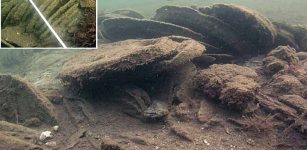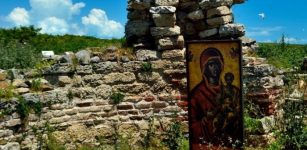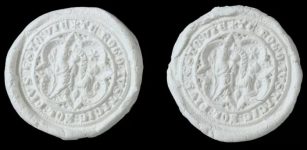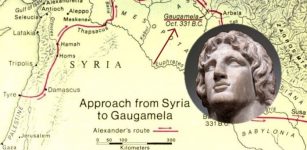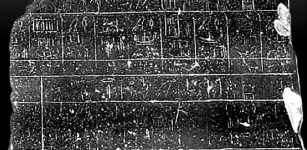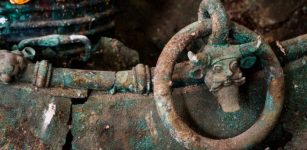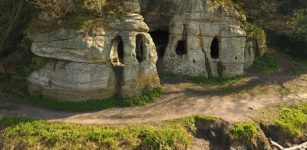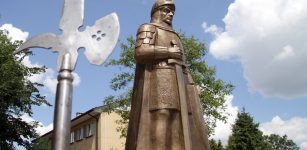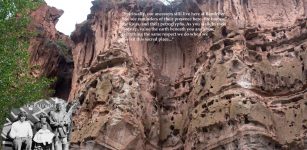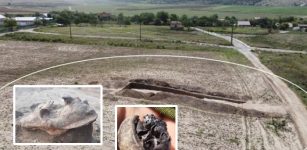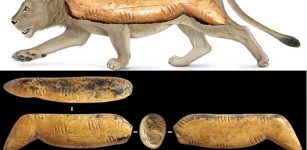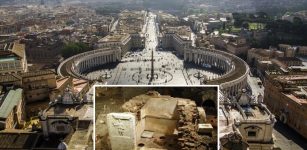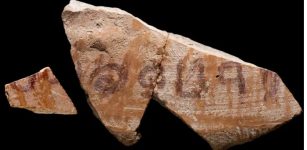Graeco-Roman Era Rock-Cut Tomb Unearthed In Aswan West Bank, Upper Egypt
Conny Waters - AncientPages.com - A Greco-Roman era rock-cut tomb was unearthed in Aswan West Bank by an Egyptian-Italian archaeological mission working at the Aga Khan Mausoleum area, a senior official in the Antiquities Ministry told Ahram Online.
The tomb, which was found largely intact with several coffins, 30 mummies and other artifacts, belongs to a person named Tjt, that dates back to the Late Pharaonic through to the Graeco-Roman Period. Inside the tomb, there were also discovered parts of a painted wooden coffin.
Other discoveries include fragments of another coffin adorned with a complete text that includes the name of the owner, identified as Tjt, and an invocation to the gods of the First Cataract; Khnum, Satet and Anuket, as well as Hapy, the Nile god.
The tomb consists of a stairway partly flanked by sculpted blocks leading to the funerary chambers. The entrance was sealed by a stone wall found in its original place over the stairway, according to Ayman Ashmawy, the head of the antiquities ministry's ancient Egypt department.
Patrizia Piacentini, the head of the mission, said that the mission also found many amphorae and offering vases, as well as a funerary structure containing four mummies and food vessels. Also found were two mummies, likely of a mother and her child, still covered by painted cartonnage.
A round-topped coffin was excavated from the rock floor. In the main room were around 30 mummies, including young children who were deposited in a long lateral niche.
“Leaning against the north wall of the room was an amazing intact stretcher made of palm wood and linen strips, used by the people who deposited the mummies in the tomb,” Piacentini explained.
Image credit: Supreme Council of Antiquities
At the entrance of the room were vessels containing bitumen for mummification, white cartonnage ready to be painted and a lamp.
See also:
On the right and left sides of the door, many beautiful colored and gilded cartonnages, fragments of funerary masks painted with gold and a well preserved statuette of the Ba-bird, representing the soul of the deceased, still presenting all the details of the decoration have been found.
The mission has mapped around 300 tombs dating from the 6th century BC to the 4th century AD, located in the area surrounding the Mausoleum of the Aga Khan, on the west bank of the Nile in Aswan.
Written by Conny Waters – AncientPages.com Staff Writer





